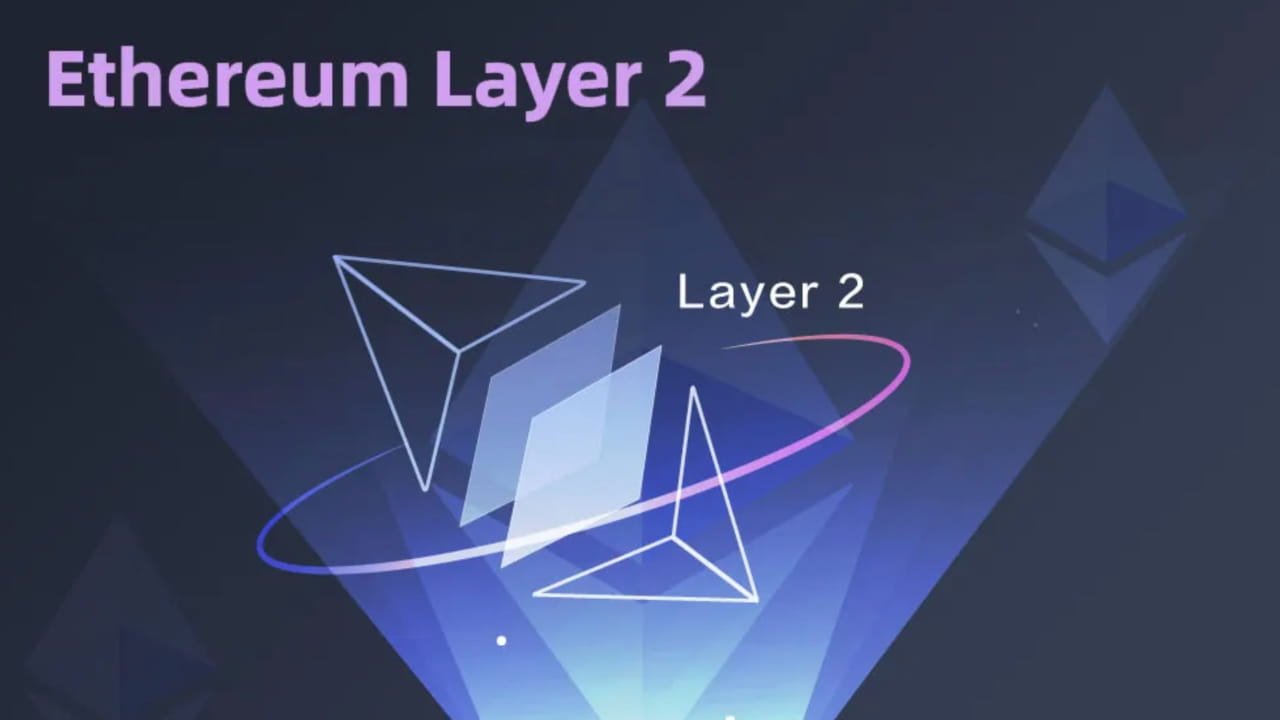Arbitrum: Boosting Ethereum Scalability with Layer-2 Solutions

In the rapidly evolving world of Cryptocurrency Markets, scalability has long been a significant challenge. Blockchain networks, such as Ethereum, have made significant strides in providing decentralized platforms for smart contracts and decentralized applications (dApps). One important problem that has remained, however, is how to scale up without compromising security and decentralization. Arbitrum is a layer-2 solution built on top of Ethereum that aims to address these scalability issues while reducing transaction costs and increasing processing speeds. Arbitrum Coin (ARB) is a key component of this new concept. It is a crucial token for the Arbitrum ecosystem to function and operate.
Arbitrum: Enhancing Ethereum with Scalable Layer-2 Solutions
The native token of the Arbitrum network is Arbitrum Coin (ARB). It works as a layer-2 solution for Ethereum. Layer-2 solutions are designed to enhance blockchain scalability by processing transactions off the main chain. At the same time, they keep the security and decentralization of the layer-1 blockchain. For Arbitrum, the network utilizes a mechanism called Optimistic Rollups to consolidate transactions and deposit them on the Ethereum blockchain in a manner that consumes less energy.

The Arbitrum protocol has garnered significant interest since it may significantly reduce gas fees on Ethereum while still enabling high throughput and rapid confirmation times. Arbitrum’s goal is to make Ethereum easier to use and more efficient for both users and developers. The ARB token is fundamental to the operation of the Arbitrum network, providing utility for various functions, including transaction validation, governance, and staking.
Enhancing Ethereum Scalability with Arbitrum
Transaction Execution: The Arbitrum network processes a transaction off-chain when a user starts it. These transactions are subsequently combined into “rollups” and forwarded to the Ethereum mainnet for finality.
Fraud Proofs: If a hostile actor tries to submit incorrect transactions, the system enables for fraud proofs to be generated, which can be reviewed and disputed by members within the network. This approach ensures that the system’s security is maintained even when transactions are conducted off-chain.
This strategy enables Arbitrum to significantly reduce the pressure on Ethereum’s network, which is often congested and expensive, particularly during periods of high demand. Users and dApps that depend on Ethereum can now send and receive funds faster and at a lower cost, all while maintaining the security and decentralization that Ethereum was built upon.
Key Functions of the ARB Token in Arbitrum
The ARB token has numerous applications within the Arbitrum ecosystem. Like many other blockchain systems, ARB and other native currencies are used to reward users, secure the network, and operate it. Here are some of the most important things that the ARB token does:
Governance is one of the main jobs of the ARB token. Arbitrum features a decentralized governance mechanism, allowing token holders to vote on key protocol modifications and updates. This could involve making choices about adjustments to transaction fees, upgrades to the rollup technology, and other key aspects of the network. Governance tokens, such as ARB, give the community a say in how the protocol evolves, which further encourages decentralization.
In addition to governance, ARB tokens can be used for staking. People who stake ARB tokens assist keep the network safe by checking transactions and making sure that the rollups are correct. Validators are compensated with ARB tokens for their efforts, establishing an incentive system that encourages active engagement and security within the network.
Enhancing Ethereum Scalability Through
Arbitrum’s impact on Ethereum has been tremendous, as it addresses one of the blockchain’s most critical limitations: scalability. Ethereum has consistently had high gas fees for a long time, particularly when the network is congested. These high prices have made it difficult for many people to use dApps or for developers to create decentralized apps without worrying about expensive transaction fees.
Arbitrum significantly increases Ethereum’s transaction throughput, allowing more people to utilize the network without incurring excessive fees. This is especially crucial for blockchain-based services, such as DeFi (decentralized finance) and NFTs (non-fungible tokens). Which often experience high transaction fees when Ethereum’s mainnet is congested.
It’s also worth noting that Arbitrum works perfectly with Ethereum’s current environment. This means that developers can quickly migrate their Ethereum-based dApps to Arbitrum without needing significant code changes.
Advancing Ethereum Scalability Through Layer-2 Solutions
One of the numerous layer-2 solutions that aim to improve Ethereum’s scalability is Arbitrum. Other notable initiatives in this field include Optimism, zkSync, and StarkWare. Each of these platforms has its own way of scaling Ethereum. Still, Arbitrum has garnered significant support and usage since its technology is practical, easy to integrate, and backed by a large community.

The growth of a robust layer-2 ecosystem for Ethereum is beneficial for the entire cryptocurrency sector. These platforms help Ethereum remain a decentralized network for the global economy in the long term by offering alternative solutions to its scalability challenge.
Final thoughts
Looking ahead, the future of Arbitrum and its native ARB token appears promising. More decentralized apps and DeFi protocols are migrating to layer-2 solutions to reduce transaction fees. This should increase the demand for Arbitrum’s services. Additionally, as Ethereum 2.0 and the Ethereum ecosystem continue to grow. Arbitrum will likely have even more opportunities to expand and play a larger role in the decentralized web.
As more people start using blockchain technology, projects like Arbitrum will become increasingly important in making cryptocurrencies more widely adopted.
